Coin collecting can be a rewarding hobby, both intellectually and financially. While many collectors are familiar with Wheat Pennies—U.S. one-cent coins minted between 1909 and 1958—not all are aware of the rare and valuable variations that can fetch thousands of dollars. These specific Wheat Pennies stand out due to their rarity, historical significance, or unique manufacturing errors. Let’s dive into the fascinating world of these rare coins and uncover which ones could be worth a small fortune.
1. The 1909-S VDB: A Rare Treasure
This Article Includes [hide]
The 1909-S VDB Wheat Penny is one of the most sought-after coins in the Wheat Penny series. Produced during the first year of Lincoln cents, this coin is distinguished by its unique design. The designer, Victor David Brenner, placed his initials, “V.D.B.,” on the reverse side, a detail that led to a minor controversy at the time.
Due to public outcry over the inclusion of the initials, the U.S. Mint removed them from subsequent coins, but the 1909-S VDB was already in circulation by then. Only 484,000 of these coins were minted, making them extremely rare. The presence of the “S” mintmark, indicating production in San Francisco, and Brenner’s initials on the reverse side make this coin particularly valuable. Depending on the condition, a 1909-S VDB Wheat Penny can be worth anywhere from $500 to $1,600 or more.
2. The 1909-S: A Close Call
Another noteworthy coin in the 1909 series is the 1909-S Wheat Penny, which, while not as rare as the 1909-S VDB, is still highly collectible. After the controversy surrounding the V.D.B. initials, Chief Engraver Charles Barber successfully petitioned the Mint to remove them from future coins. However, only 1,825,000 coins were minted in 1909 with the “S” mintmark before the change was implemented.
While not as rare as the VDB version, the 1909-S still holds value for collectors. Depending on its condition, it can range in price from $70 to $370.
3. The 1909-S Over Horizontal S: An Error Coin
Error coins often hold a special place in the hearts of collectors, and the 1909-S Over Horizontal S Wheat Penny is a prime example. This coin is the result of a minting error where a mint worker accidentally punched the “S” mintmark horizontally instead of vertically. While this error may seem minor, it significantly increases the coin’s rarity and value.
The 1909-S Over Horizontal S is relatively rare, with only a limited number of these coins circulating today. As a result, collectors are willing to pay between $80 and $400 for one of these unique error coins, depending on the overall condition.
4. The 1914-D: A Coin With a Low Survival Rate
The 1914-D Wheat Penny is another example of a coin that isn’t necessarily rare in terms of mintage, but is highly valuable due to its low survival rate. With only 1,193,000 coins minted, this penny was produced in relatively high numbers for its time. However, many of these coins were hoarded by collectors and stored away, never circulating. This resulted in a very low number of 1914-D pennies still being in circulation today.
Because of its scarcity in good condition, the 1914-D Wheat Penny is highly prized by collectors. Its value typically falls between $100 and $400, though rare high-grade specimens can fetch much more.
5. The 1917 Double Die Reverse: A Valuable Error
One of the most valuable error coins in the Wheat Penny series is the 1917 Double Die Reverse. This coin was produced during a manufacturing error where the mint die struck the coin twice, slightly offset from one another. This error causes the text and design elements, particularly in the word “trust” and the date, to appear doubled.
The 1917 Double Die Reverse is easily identifiable with the help of a magnifying glass, which reveals the doubled features. This error makes the coin especially desirable to collectors. Depending on its condition, the 1917 Double Die Reverse can fetch anywhere from $160 to $7,500.
Conclusion: A Worthwhile Investment for Coin Collectors
While Wheat Pennies are generally common and not particularly valuable, certain variations stand out as rare treasures worth significant amounts of money. Coins like the 1909-S VDB, 1909-S, 1909-S Over Horizontal S, 1914-D, and 1917 Double Die Reverse represent some of the most sought-after examples in the world of numismatics. Whether due to limited mintage, unique design features, or manufacturing errors, these coins offer a fascinating glimpse into U.S. history—and a potential opportunity for collectors to make a profitable investment.

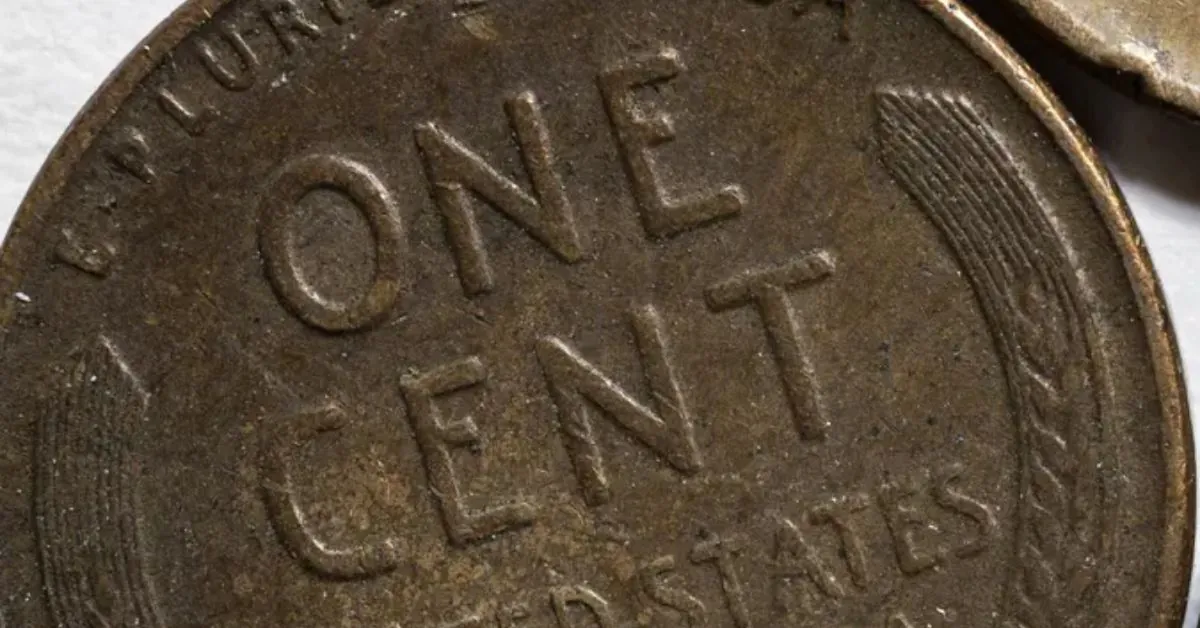
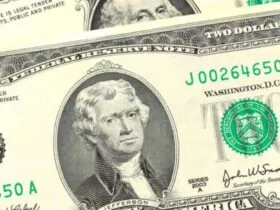
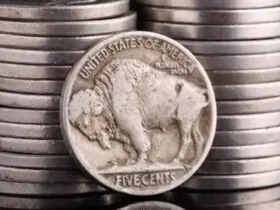
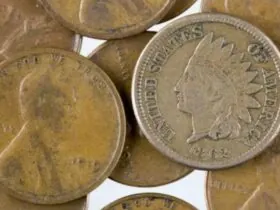

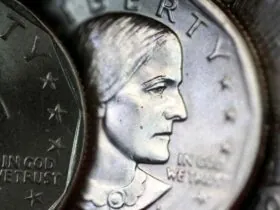
Leave a Reply